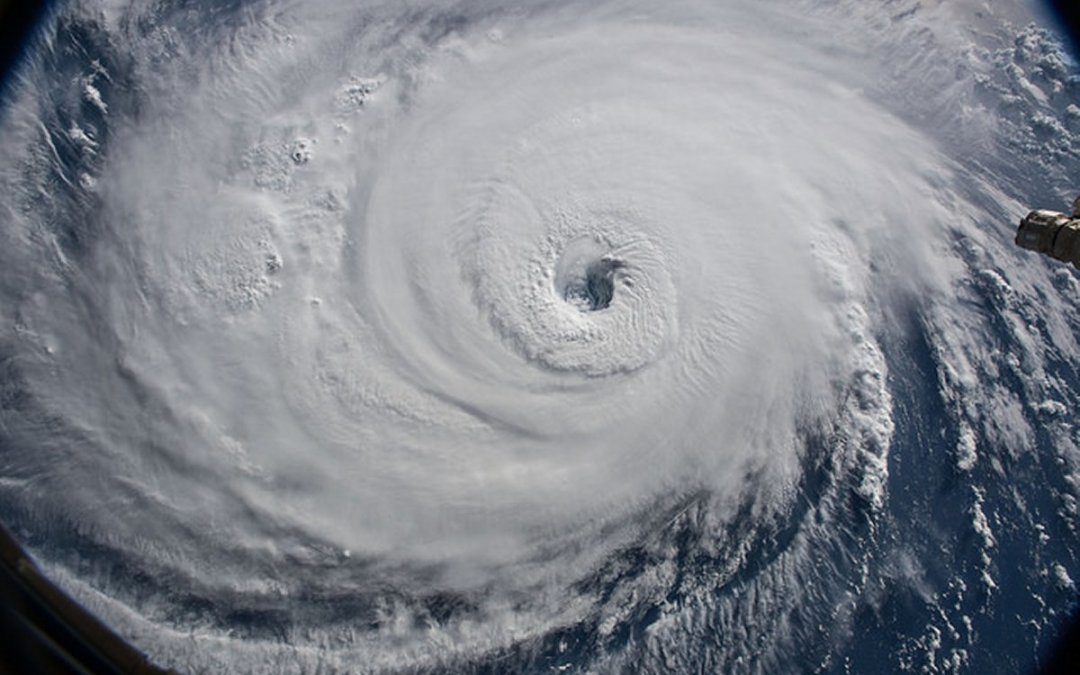Hurricane Florence slammed into the Carolinas and Virginia in September, forcing hospitals and long-term care facilities to evacuate and transfer patients. Less than a month later, an even more powerful Hurricane Michael hammered the Florida Gulf Coast, causing extensive damage to at least two hospitals.
These back-to-back events served as powerful reminders that the healthcare industry remains disturbingly vulnerable to natural disasters that can disrupt continuing patient care.
Florence made landfall Sept. 14 in Wilmington, North Carolina. Though the storm arrived as a weaker-than-expected Category 1 hurricane, it still resulted in dozens of deaths and catastrophic flooding for the region. Healthcare organizations did their best to get back on track as the storm wound down.
Aftermath of Florence
Veterans Affairs Secretary Robert Wilkie thanked VA employees for their efforts during the hurricane.
“Without a hitch, you were able to evacuate patients out of the danger zone,” said Wilkie in a message to employees. “You provided fuel, food, and oxygen to hospitals we had to keep open, in spite of extreme dangers. You were a major part of the federal government’s emergency response – setting up incident command centers and sending doctors, nurses, and engineers – plus mobile pharmacies, clinics, and nutrition centers – into the hardest hit areas.
“I know many of you suffered damage to your homes, and yet you continued caring for America’s Veterans. That is the spirit of our nation. Americans everywhere should be proud of your efforts. I know I am, and I intend to make that sure your story is told. Congratulations on an outstanding job.”
Roper St. Francis Healthcare of Charleston, South Carolina, said on its website: “While we return to normal operations, we are praying for the fallen and those with property damage in areas to the north of Charleston. Hurricane Florence bypassed the Lowcountry, but the Roper St. Francis emergency teams were ready and working throughout the weekend. Frontline medical staff, equipment engineers, computer technicians, nutritional services, housekeeping, security and so many others continued a more than 150-year tradition of serving the community no matter the weather.”
Michael lands second blow
The day after Hurricane Michael made landfall on Oct. 10, Bay Medical Center Sacred Heart in Panama City, Florida, was forced to transfer 200 patients to other hospitals. The Category 4 storm had caused roof, structural and water damage to the hospital, which also lost information systems.
“Even with these challenges, we are committed to continuing to provide emergency medical care for those in need through the Emergency Room on our main campus,” said CEO Scott Campbell. “We will also begin assessing damage to our Bay Medical Sacred Heart Beach ER with the goal of reopening it.
“Our staff and physicians have demonstrated extraordinary dedication throughout this crisis, providing exemplary care for our patients,” Campbell said. “This has been a truly noble effort and we are deeply grateful for their sacrifice.”
Gulf Coast Regional Medical Center in Panama City also had to evacuate patients. Gulf Coast released an Oct. 11 statement on its status.
“The ER at Gulf Coast Medical Center is open to support our community following Hurricane Michael,” the statement said. “We are evacuating all other patients due to significant storm damage … Until we can be certain of stable public power, water and sewage systems, our patients will be safest in one of our sister hospitals in a neighboring community that was not as severely impacted by the hurricane. At the same time, we know our community will need our ER and we are going to do everything possible to keep our ER open to effectively treat and stabilize patients.”
Hospitals weren’t the only healthcare organizations affected by Michael. Days after the storm had passed, dozens of long-term care facilities in Georgia reportedly were still relying on generators for power.

